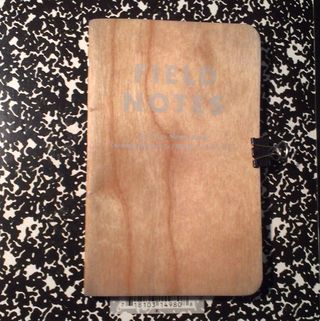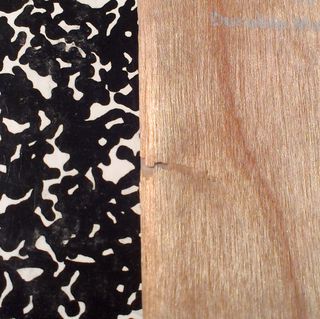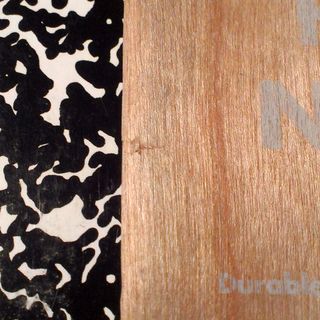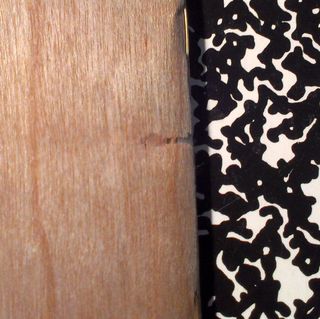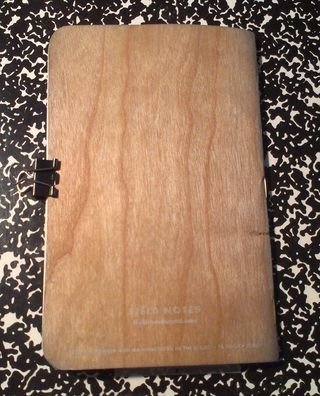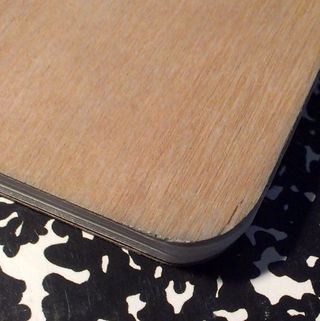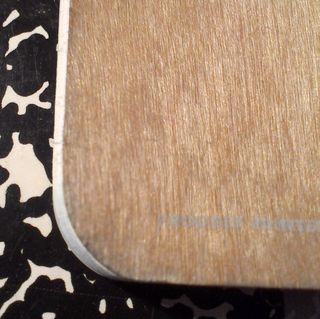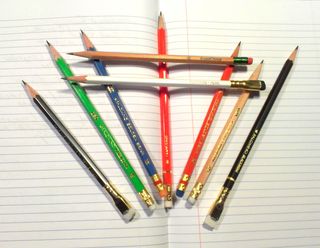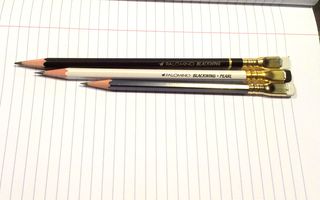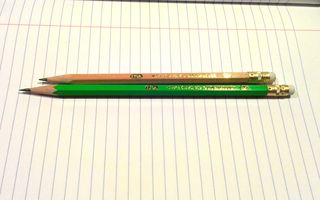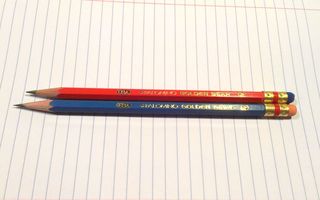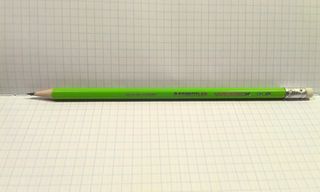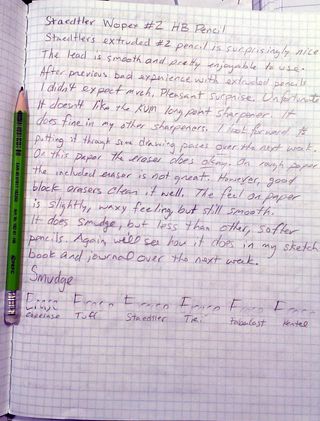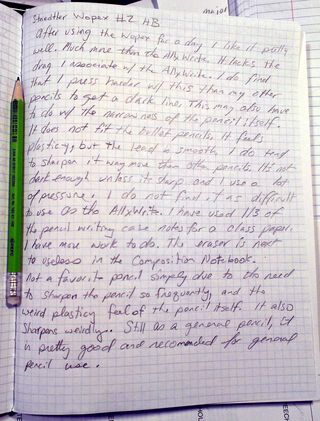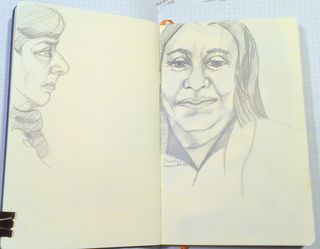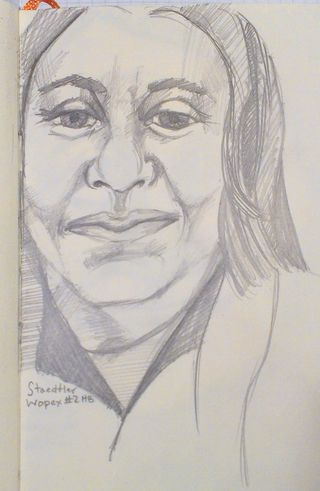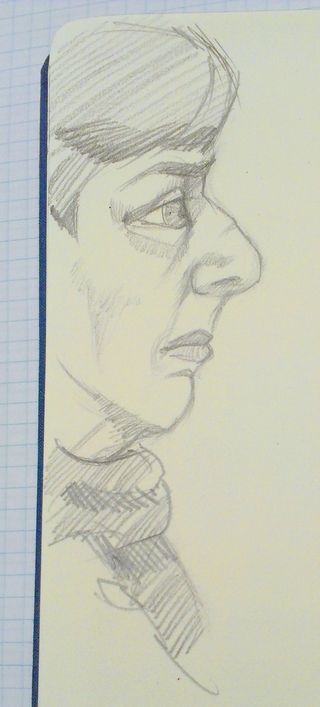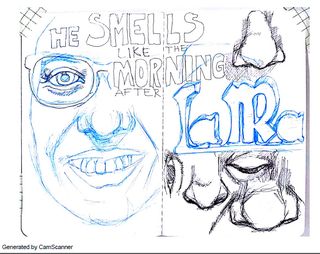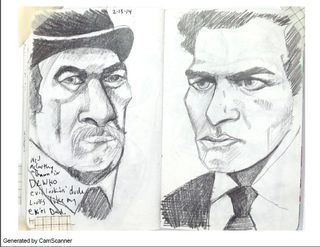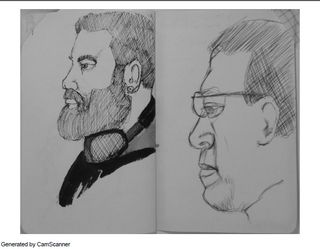I’ve been listening to some podcasts as I work on my papers and one of them that I’ve been listening to is Erasable, a podcast about pencils. One of the pencils that was mentioned was the Steadtler woodless allXwrite. It’s an extruded pencil with no wood case. They cost about $4 for 5 pencils.
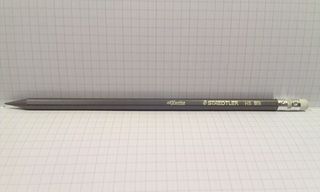
The look of the pencil is very cool looking. It is graphite colored. Unlike most all graphite pencils it is not cased in plastic or lacquer. Rather the process and what is extruded creates something that doesn’t leave marks on your hand. The imprint is silver and the reverse side has a white print with the bar code. The pencil itself is slightly narrower than typical pencils, by about a millimeter. As a result it is not a candidate to be put into a bullet pencil . (Insert frowny face here.) The fit of the ferrule and the eraser is tight and looks great. All in all it’s a very good looking pencil. But looks alone won’t make me buy a pencil. Well, looks alone will get me to BUY the pencil, but I might not like it, or buy another pack.
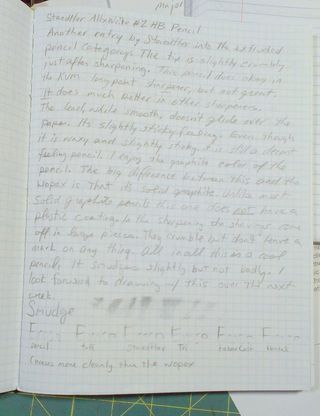
In use, I found this pencil to be, in a single word, weird. The pencil feels plasticy in hand. But that isn't a problem, the problem is the drag as I write or draw. The tip is almost sticky on the page. To combat this I found myself using additional pressure, which didn't seem to stop the sticky feeling. The mark the pencil makes is lighter but the same color as a regular number two pencil. But at regular pencil writing pressure, it was light.
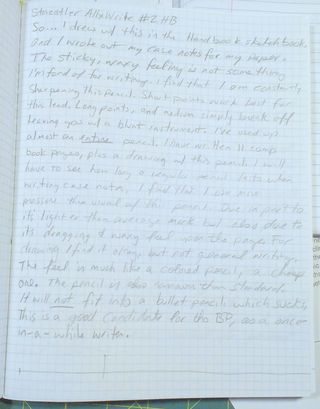
While drawing I was able to moderate my pressure to get a variety of shades, but I could NOT get deep darks. The maximum darkness available is not all that dark. For quick sketching or under sketches it would be fine. I would be worried about the plastic, wax and clay content and if acrylic would stick well. I have not had a chance to test this out.

The best way to describe the feel of this pencil is to compare it to a medium priced colored pencil. It has that same drag and feel.
Sharpening this pencil was also weird. It does not like the KUM long point sharpener. I was able to force it through but it took way more effort and the point was crumbly. I was better off using a KUM brass wedge sharpener that kept a shorter point. I did find that I was sharpening this pencil ALL the time. The point would chip off leaving me with a blunt point. Rotating the pencil as I wrote or drew didn’t help keep the point sharp for very long. Sharpening with a knife was possible but again, sharpening a long point was not very useful as the point would break off. While drawing I sharpened less, likely because I was using the blunted point to make specific marks.
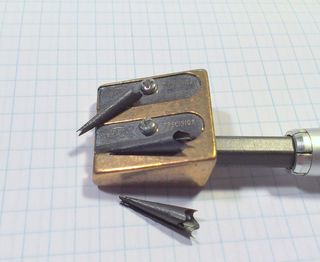
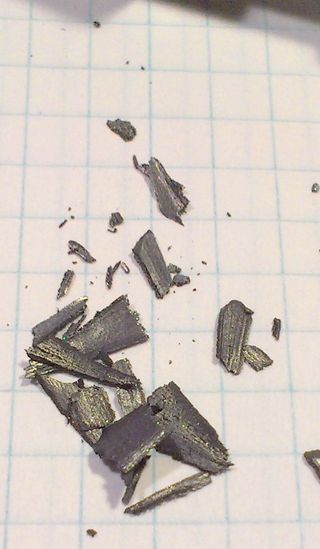 Is is one I’d suggest for art journaling? Not really. It’s an interesting pencil but not that great for art or art journaling. As for writing, ehhh, I didn’t like it for that either. I used it to write up case notes for a paper and found it endlessly frustrating and by the end of writing 11 pages of composition page notes, my hand, fingers, and wrist were sore and tired. For 80 cents there are much better pencils out there.
Is is one I’d suggest for art journaling? Not really. It’s an interesting pencil but not that great for art or art journaling. As for writing, ehhh, I didn’t like it for that either. I used it to write up case notes for a paper and found it endlessly frustrating and by the end of writing 11 pages of composition page notes, my hand, fingers, and wrist were sore and tired. For 80 cents there are much better pencils out there. 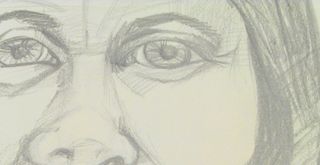 On a side note I did cut the ferrule and eraser off and fit it into my Stad one touch pencil holder, which made the pencil MUCH more comfortable. It still had that weird dragging sticky feel on the page and even WITH the holder I used more pressure than usual.
On a side note I did cut the ferrule and eraser off and fit it into my Stad one touch pencil holder, which made the pencil MUCH more comfortable. It still had that weird dragging sticky feel on the page and even WITH the holder I used more pressure than usual.
